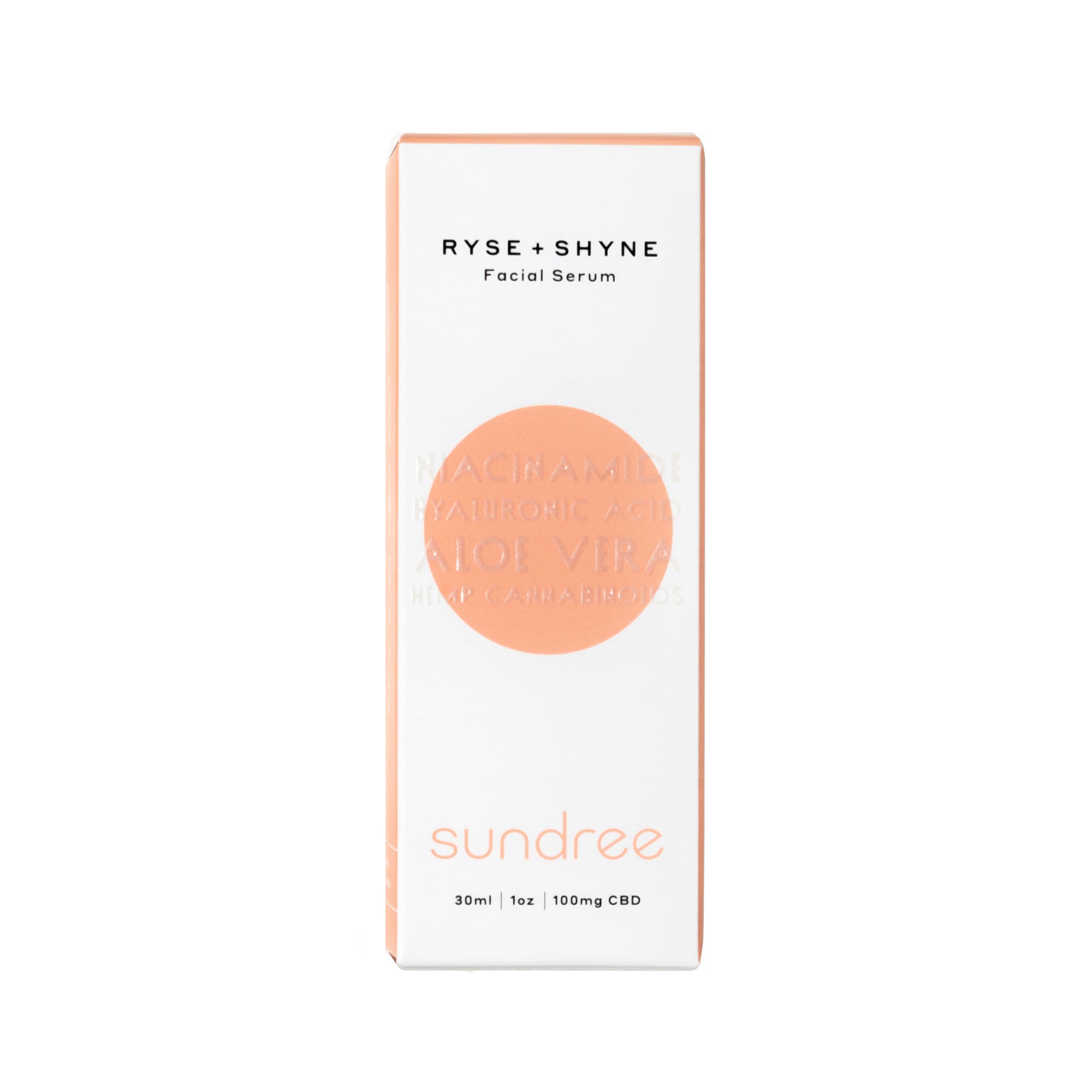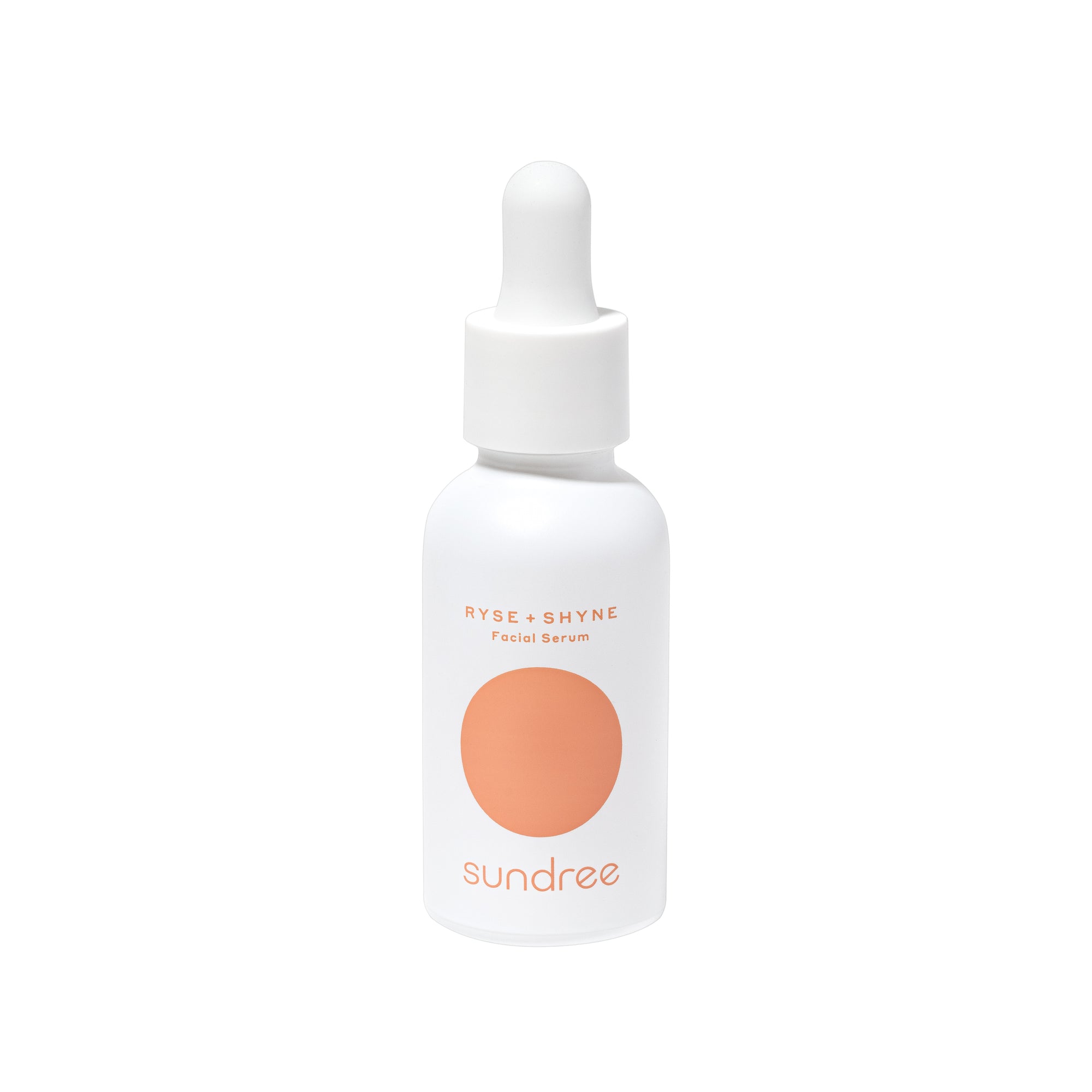Sebum is one of the naturally-produced fluids that serves many purposes in keeping the skin looking and feeling its best. However, if you have oily skin and have been struggling with excessive shininess on your face, you might only have a negative perception of sebum. Sebum is more than oil buildup in your pores, making your skin look sticky and oily.
While we are all familiar with what sebum is, most of us are not well-versed with how it’s produced in our body, what skin benefits it offers, what causes its overproduction, and how we can manage and control the overproduction of sebum. This article is intended to answer all your questions and bust misconceptions about sebum.
What is Sebum?
Sebum is an oily substance synthesized in the skin and comprises a fusion of lipids. Specialized glands in the skin, known as sebaceous glands, are responsible for the production of sebum. Although these glands are scattered on almost every part of the human body, they are in higher quantities on the face, back, chest, scalp, ear canal, and upper neck. The only exceptions are the soles and tops of the feet, lower lips, and palms of the hands.
Sebaceous glands are located under the top layer of the skin, which either open out onto the skin’s outer surface or open into the hair follicles on the skin. Hair follicles are tiny openings on the skin's outer surface from where hair grows. These glands control the amount of sebum released into the hair follicles and the pores on the skin.
How is Sebum Produced?
The sebaceous glands under the skin, which are attached to the hair follicles, are the production center of sebum released onto the skin. These structures synthesize sebum through a process known as holocrine secretion. The lipids produced by sebaceous glands stay in the glands for about a week until they burst and release the sebum into the hair follicles and, ultimately, into the pores on the skin's surface.¹ The sebum released on the skin mainly acts as a protecting and lubricating agent.
What are the Benefits of Sebum?
Contrary to the popular misconception, sebum serves a vital role in supporting the skin’s health and appearance in many ways. Let’s look at how sebum can help your skin:
- Moisturizes the Skin: The most notable function that sebum performs for the skin and is well known for is its ability to keep the skin naturally moisturized and prevent dryness.² It also helps retain water in the skin by strengthening the skin’s outer lipid barrier, preventing moisture from escaping the skin's surface and causing dehydration.
- Protects the Skin: As mentioned above, sebum fortifies the skin’s lipid barrier, which is also known as the skin’s protective barrier. This barrier serves as a shield against all the damaging external elements, such as UV rays, bacteria, free radicals, gases, dirt, and other pollutants, that can damage skin cells, leading to various skin problems.³ Additionally, it contains enzymes, antimicrobial substances, and fatty acids that protect the skin from environmental stress.
- Softens the Skin: As we already discussed, sebum provides moisture; it also inhibits the loss of water through the epidermal layer of the skin. This action aids in keeping the skin deeply hydrated and lubricated, leading to a soft and supple complexion. So, these properties can keep the skin youthful and supple in the long run.
- Fights off Bacteria: The natural antibacterial effect of sebum helps to combat bacteria and other microbes that can affect the skin, leading to infections and aggravating numerous skin issues, including acne and inflammatory skin conditions. Sebum provides skin defense against bacterial invasion through its natural antimicrobial effect.
What Causes the Overproduction of Sebum?
When the sebaceous glands in your skin start to produce more sebum than the skin needs, it can have a negative effect on the skin instead of promoting the skin’s health. Several factors can cause the overproduction of sebum by these glands. Some of the causes of the overproduction of sebum are:
· A humid climate is one of the reasons that can trigger an increased production of sebum. This is why you may notice your skin becoming shinier and greasier during summer and spring.
· Certain health conditions that cause fluctuation of hormones in the body can also lead to the overproduction of sebum.
· Your skin’s health is another factor that can lead to a higher release of sebum by the sebaceous glands. When the skin’s protective barrier is damaged, it can increase the production of sebum.
· Certain medications can also influence the production of sebum in the skin.
· Moreover, people with darker skin tones are at a higher risk of having an overproduction of sebum.
How Overproduction of Sebum Affects the Skin?
Numerous internal and external elements can lead to excessive sebum production in the body. The varying levels of these lipids in the skin can have adverse effects on the skin, leading to several skin issues.
- Dryness: A reduced production of sebum in the skin will strip the skin of its natural moisture that serves many crucial functions in supporting a healthy and glowing complexion.
- Acne: Higher levels of sebum produced by the glands lead to the buildup of oil in the pores, which can be a breeding ground for microbes. We all know that bacterial infection is one of the primary reasons that lead to acne breakouts.
- Greasy Skin: Nobody likes their skin looking oily and shiny. Seborrhea, or overproduction of sebum, can make your complexion look and feel shiny or greasy.
- Inflammation: Overproduction of sebum can trigger microbial infections, which can cause or worsen inflammatory skin issues, leading to redness, itching, and flaking of the skin.
- Blackheads and Whiteheads: An increased amount of sebum in the pores can accumulate in the pores, leading to pore congestion. This can cause dirt, bacteria, makeup, dead skin, and other impurities to build up in the pores, leading to black and whiteheads.
What Causes Underproduction of Sebum?
Just like the overproduction of sebum is bad for the skin, reduced sebum production can also negatively affect the skin. Here are some of the causes behind lower levels of sebum in the skin:
- The sebaceous glands start producing oil as soon as we are born and are controlled by specific hormones (androgens). Newborns have high amounts of these hormones. As babies reach their toddlerhood, the levels of these hormones drop, and the production of sebum is also reduced. Children (ages 2 to 6) have low sebum production, which peaks as they approach puberty. The body produces the highest amounts of sebum during this period, which starts dropping once you get into your 20s. Hence, the level of natural oil in the skin reduces with age.
- Another reason that decides the size of sebaceous glands and how hormones affect the glands also depends on genetics. If your family has dry skin or some sebum-related skin condition, you’re more prone to having lower levels of sebum.
- Menopause is one of the factors that lead to a reduction in sebum synthesis in women.
- Furthermore, the type of food you consume can also significantly influence the production of oil in the glands.
- Last but not least, oxidative stressors and certain medications can also cause the level of sebum to reduce in the skin.
How to Regulate Sebum Production?
As mentioned earlier, the overproduction of sebum can pave the way for many skin issues, such as dryness, acne breakouts, inflammation, blackheads, and oily skin. Therefore, it’s crucial to restore unbalanced levels of sebum in the skin and control its overproduction. Some of the effective ways of managing sebum production are:
- Cleanse or wash your face at least twice a day using a gentle, non-drying cleanser or face wash, especially after working out.
- Be mindful of the skincare products you choose. Opt for products labeled as non-comedogenic, fragrance-free, oil-free, and alcohol-free.
- Never skip your moisturizer, no matter how oily your complexion is. Find the right moisturizer that matches your skin, such as lotion, cream, or gel-based.
- Don’t forget to guard your skin against the harsh and damaging effects of oxidative stressors by applying sunscreen regularly.
- If your skin tends to get greasy during the day, keep blotting papers with you and keep removing excess sebum.
- Fight the urge to pick or poke your skin. Touching the skin can cause inflammation and imbalanced sebum production.
- Use OTC products that can help regulate sebum production, such as salicylic acid, retinol, azelaic acid, and benzoyl peroxide.
Final Thoughts
Sebum, the natural oil synthesized in the skin, is a blend of lipids that plays many important functions to keep the skin healthy, smooth, and radiant. While ample sebum is vital for the optimal health and appearance of the skin, its imbalance can wreak havoc on the skin.
Some skin issues that can arise from an overproduction of sebum include acne breakouts, dryness, blackheads, inflammation, and greasy skin. In addition, the skin’s sebum level can become disrupted due to various external and internal reasons. Therefore, maintaining a steady production of sebum is imperative to ensure your skin functions and appears at its best.
Citations:
- Fogoros, Richard N, MD. (2022). ‘What Are Lipids?’, Very Well Health, Accessed April 17, 2023. Available at: https://www.verywellhealth.com/what-is-a-lipid-5084584
- S. Brooklyn. (2022). ‘The Difference Between Moisturizers and Hydrators’, Sundree, Accessed April 17, 2023. Available at: https://sundree.com/blogs/news/the-difference-between-moisturizers-and-hydrators
- Villines, Zawn. (2017). ‘How do free radicals affect the body?’, Medical News Today, Accessed April 18, 2023. Available at: https://www.medicalnewstoday.com/articles/318652













